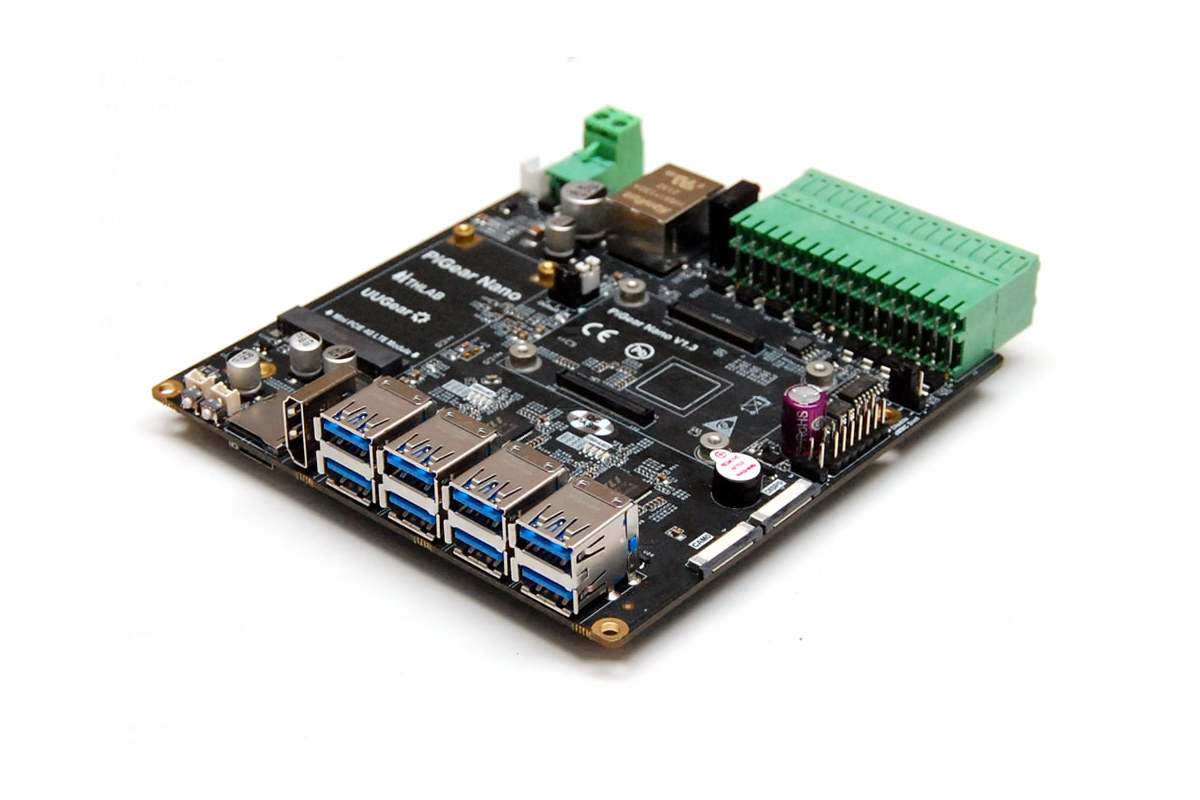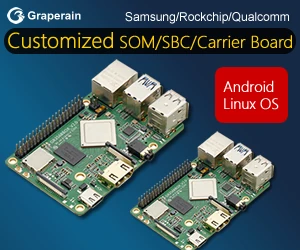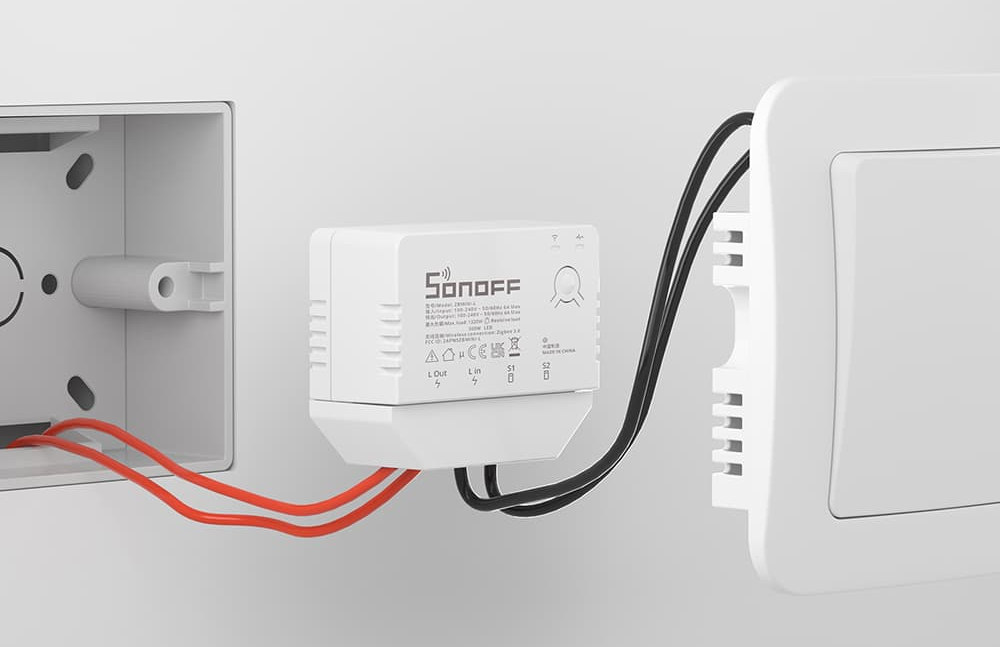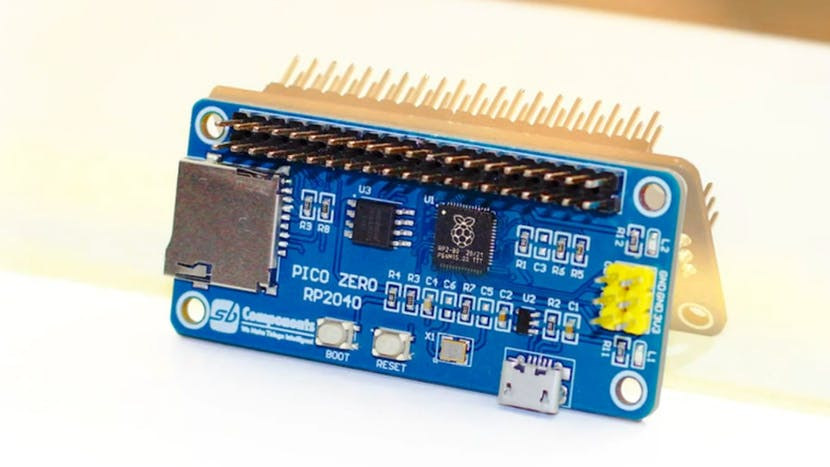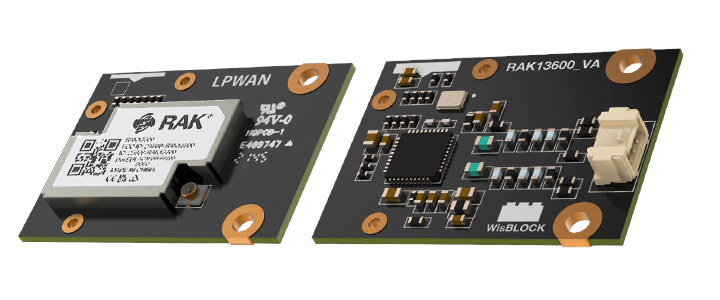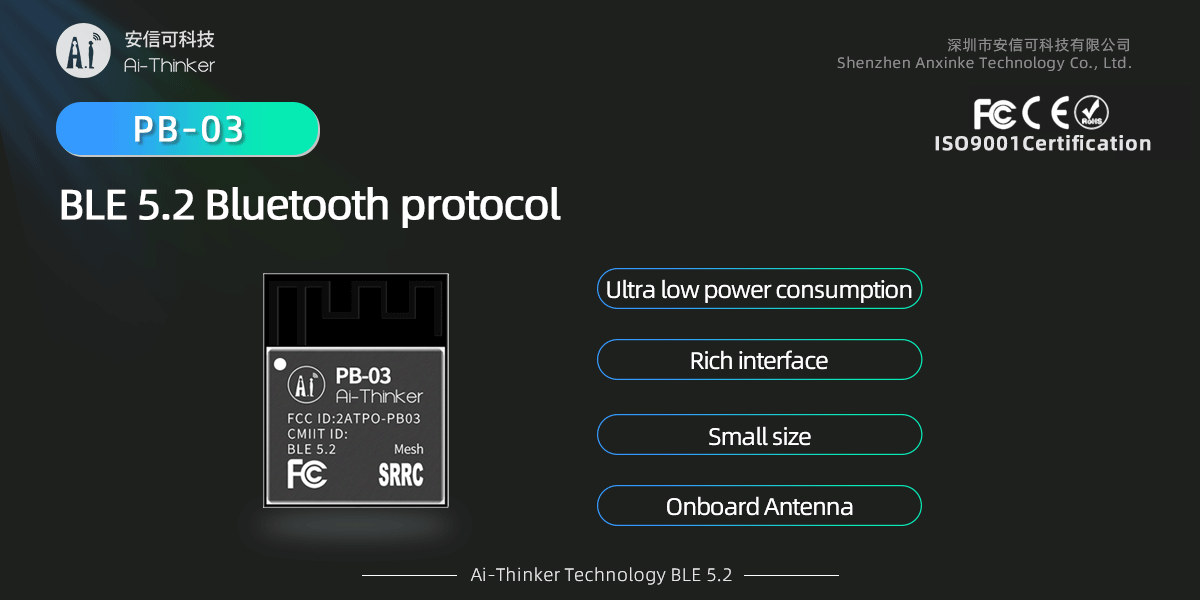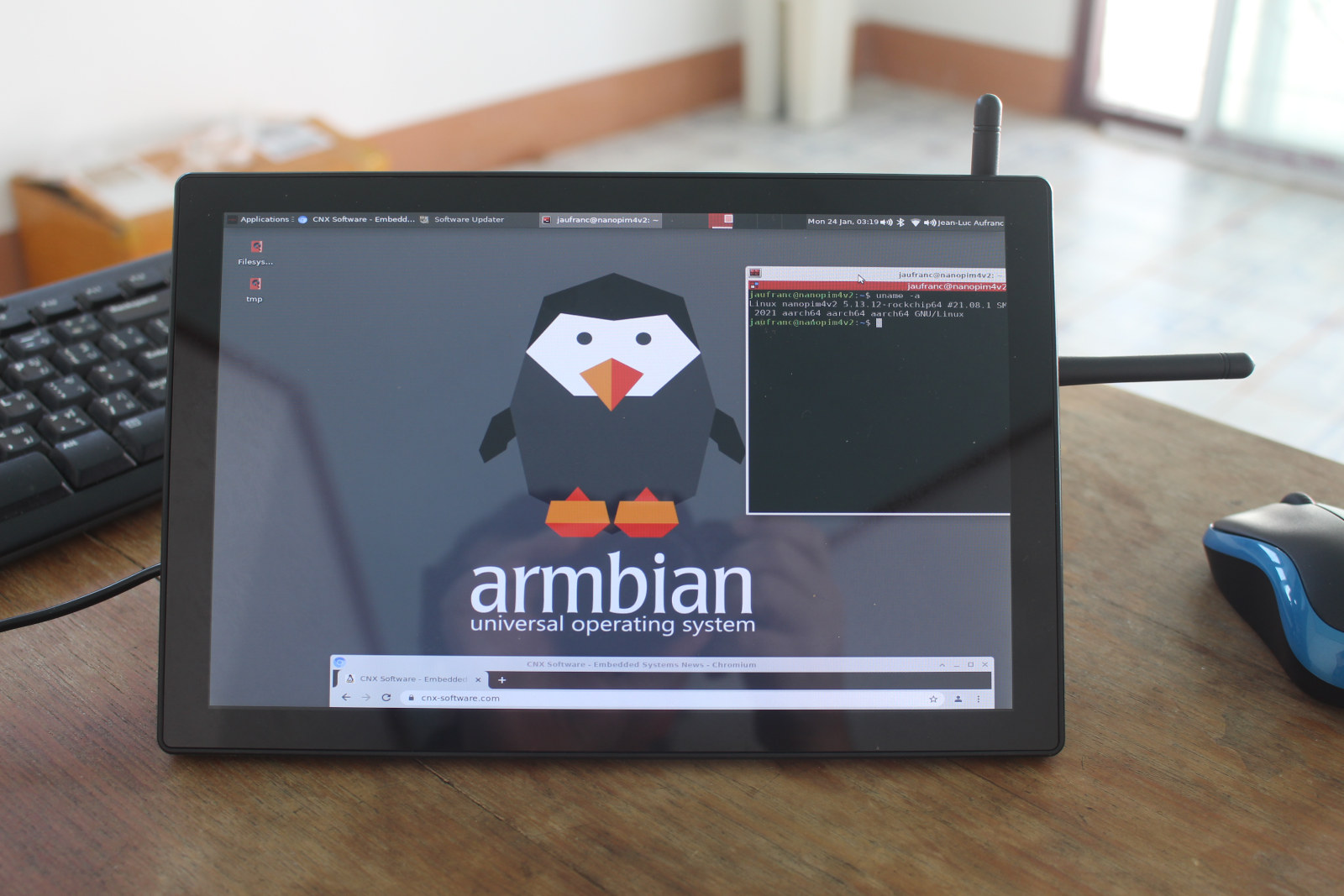PiGear Nano is an Nano-ITX carrier board for Raspberry Pi CM4 (Compute Module 4) designed for industrial applications with a -30°C to +80°C temperature range, 7 to 30V DC input, as well as RS232, RS485, and CAN bus interfaces. The board also features one Gigabit Ethernet port, one HDMI port, MIPI DSI and CSI display & camera interface, M.2 SSD storage, eight USB 3.0 ports, mini PCIe and SIM card sockets for 4G LTE cellular connectivity, and various digital input and output interfaces. Pigear Nano specifications: Supported SoM – Raspberry Pi CM4 and CM4 Lite modules Storage – 1x NVMe SSD M.2 socket, 1x MicroSD card slot for Compute Module 4 Lite only Display I/F – 1x HDMI Type-A connector, 1x MIPI DSI interface x 1 Camera I/F – 1x MIPI CSI interface Networking 1x Gigabit Ethernet RJ45 port Optional 4G LTE/GPRS via mini PCIe socket plus SIM card slot […]
FOSDEM 2022 schedule with embedded Linux, IoT, automotive… sessions
While typically taking place in Brussels, Belgium, FOSDEM 2022 will take place online just like FOSDEM 2021 due to COVID-19 restrictions. The good news is that it means anybody can attend it live from anywhere in the world, and makes it more like “FOSDIM”, replacing European with International, in “Free and Open Source Developers’ European Meeting”. FOSDEM 2022 will take place on February 5-6 with 637 speakers, 718 events, and 103 tracks. I’ve made my own little virtual schedule below mostly with sessions from the Embedded, Mobile and Automotive devroom, but also other devrooms including “Computer Aided Modeling and Design”, “FOSS on Mobile Devices”, “Libre-Open VLSI and FPGA”, and others. Saturday, February 5, 2022 12:30 – 13:00 – Five mysteries in Embedded Linux by Josef Holzmayr Once you start out in embedded Linux, there is a lot to do. Some things are obvious, some less so. First and foremost, […]
SONOFF ZBMINI-L Zigbee 3.0 Smart Switch works without neutral wire
When using a wireless switch like SONOFF T2 a connection to the neutral wire is needed to power the device, but this is not always feasible/practical as many lights as cabled without a neutral wire. SONOFF ZBMINI-L Zigbee 3.0 smart switch solves this issue as it does not require a neutral wire. Simply connect the two wires for the light and you are good to go. ITEAD says its solution does not require an extra anti-flicker module and relies on an “advanced electricity extraction technique”. SONOFF ZBMINI-L specifications: Connectivity – Zigbee 3.0 via TI CC2652P, up to 50 meter range (line of sight) Input – 100-240V 50/60Hz up to 6A Output – 100-240V 50/60Hz up to 6A Max. Load Resistive – 1380W Max @ 230V, 720W Max @ 120V LED – 300W Max @ 230V, 150W Max @ 120V Dimensions – 54 x 45 x 24mm (supports 35mm DIN Rail […]
StackyPi – A Raspberry Pi RP2040 board with Raspberry Pi Zero form factor (Crowdfunding)
SB Components’ StackyPi is a development board based on Raspberry Pi RP2040 MCU that happens to follow the Raspberry Pi Zero form factor. The board is equipped with 8MB SPI flash for the firmware, a MicroSD card socket, a micro SB port, two buttons, and a 40-pin GPIO header that makes it compatible with some Raspberry Pi uHAT and HAT expansion boards. StackyPi specifications: MCU – Raspberry Pi RP2040 dual-core Cortex-M0+ microcontroller @ up to 133 MHz with 264KB SRAM Storage – 8MB (64Mbit) SPI flash, MicroSD card socket USB – 1x Micro USB port Expansion – 40-pin GPIO header with GPIO, I2C, UART, SPI, etc… mostly compatible with Raspberry Pi header (3.3V I/Os) Misc – Reset and Boot buttons Power Supply- 5V via Micro USB port Dimensions – 65 x 30 mm (Raspberry Pi Zero form factor) The main advantage of such as board is that it can support […]
RAKwireless introduces 16 new WisBlock modules with LoRaWAN, NFC reader, etc…
RAKwireless will add new modules to its WisBlock IoT modular system every quarter. Last July, WisBlock family welcomed 14 new modules, and in September 2021, RAK11310 Raspberry Pi RP2040 LoRaWAN core was introduced together with a new baseboard and various sensor modules. This time around, the company launched 16 new Wisblock modules with two wireless modules, one adding LoRaWAN to an ESP32 core module, the other acting as an RFID and NFC card reader, as well as six sensor modules, and eight “interface” modules ranging from barcode scanners to keypads. WisBlock Wireless modules RAK13300 WisBlock LPWAN module based on Semtech SX1262 transceiver extends the communication abilities of the RAK11200 ESP32 WiFi & Bluetooth LE module with LoRa / LoRaWAN. RAK13600 WisBlock NFC Reader enables reading and writing of NFC tags like RFID cards and other NFC enabled devices using NXP PN532 chip. WisBlock Sensor modules RAK12013 WisBlock Radar Sensor – […]
PB-03 – A Bluetooth LE 5.2 module for the Smart Home, wearables, IoT, etc… (Sponsored)
What changes does Bluetooth LE 5.2 (BLE 5.2) bring? Maybe PB-03 module can tell you. PB-03 is a BLE module developed by Shenzhen Ai-Thinker Technology based on PHY+ PHY6252 32-bit microcontroller (see PDF datasheet) that offers high integration and low power consumption down to 0.3uA in OFF mode, and is well suited to various applications such as IoT, mobile devices, wearable electronic devices, and smart homes. PB-03 module’s highlights Ai-Thinker PB-03 provides an upgrade to earlier PB-01/02 modules with the following highlights: MCU – PHY6252 microcontroller with 256KB flash, 64KB SRAM Supports BLE 5.2 and Bluetooth Mesh Equipped with an on-board PCB antenna Up to 2 Mbps data rate I/Os – UART, PWM, ADC, I2C, SPI, PDM, DMA, and up to 19 IOs. Security – AES-128 encryption hardware Power consumption (PHY6252) 0.3uA @ OFF Mode (IO wake up only) 1uA @ Sleep Mode with 32KHz RTC 3.5uA @ Sleep Mode […]
Silicon Labs BG24 and MG24 2.4 GHz wireless MCU’s quadruple AI performance at a fraction of the energy
Machine Learning is getting everywhere including into 2.4GHz wireless microcontrollers with SIlicon Labds BG24 Bluetooth and MG24 multi-protocol Cortex-M33 microcontrollers that improve AI/ML performance by 4 times using 1/6th of the energy thanks to a built-in AI accelerator. That makes the new microcontrollers suitable for battery-powered edge AI devices with support for Matter (coming soon) as well as PSA Level 3 Secure Vault protection. Silicon Labs expects the chips to be found in various smart home, medical and industrial applications. BG24 and MG24 share the same block diagram and the same specifications apart from the supported wireless protocols: MCU core – Arm Cortex-M33 @ 78.0 MHz with DSP instruction and floating-point unit Memory – Up to 256 kB RAM data memory Storage – Up to 1536 kB flash program memory Wireless CPU – Arm Cortex-M0+ 2.4 GHz Radio Performance -104.5 dBm sensitivity @ 250 kbps O-QPSK DSSS -104.9 dBm sensitivity […]
Building a NanoPi M4V2 based All-in-One Linux PC running Armbian (Ubuntu/Debian)
At the end of my review of “RPI All-in-One” PC with Raspberry Pi 4, I noted the system also appeared to be compatible with NanoPi M4V2 single board computer. I’ve now tried it out, and assembling the board inside the 10.1-inch display is even easier than I initially thought. That means I now have a NanoPi M4V2 All-in-One PC running Ubuntu Hirsute or Debian Buster with XFCE desktop environment from Armbian, and most features work including the display and wireless connectivity, but I still have an issue with the touchscreen function. Here are the steps I followed initially: Download Armbian Buster XFCE image from Armbian and flash it to a microSD card with tools like USBimager. Insert the microSD card in the board Install the USB Type-C and HDMI-A adapters in the display. Insert the USB Type-C and HDMI port of the NanoPi M4V2 SBC into the adapters Install the […]


